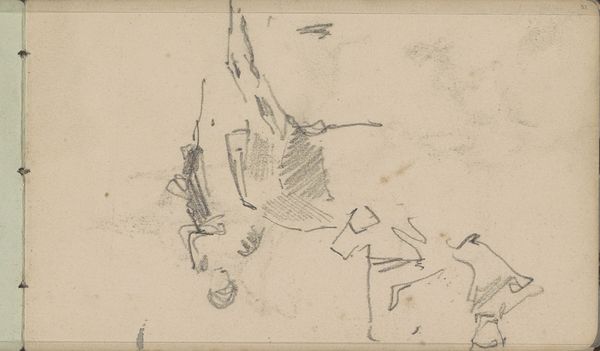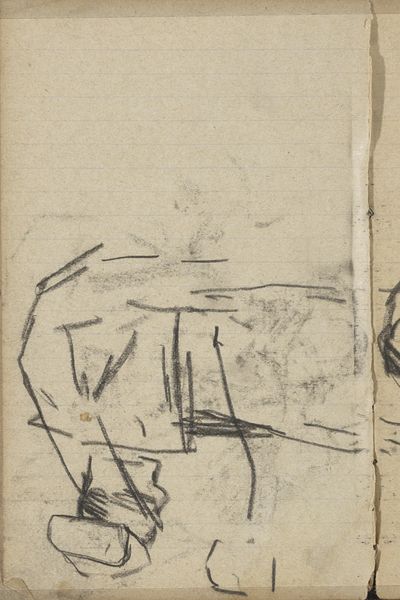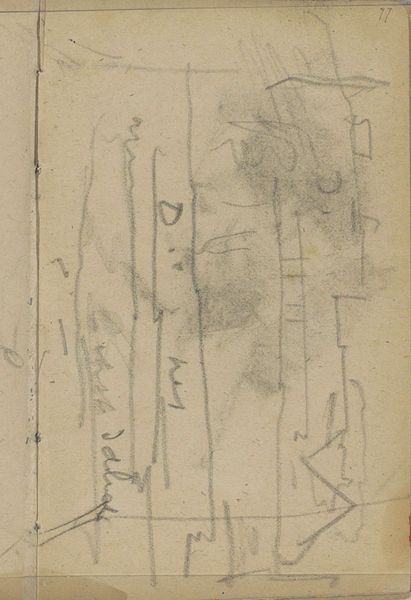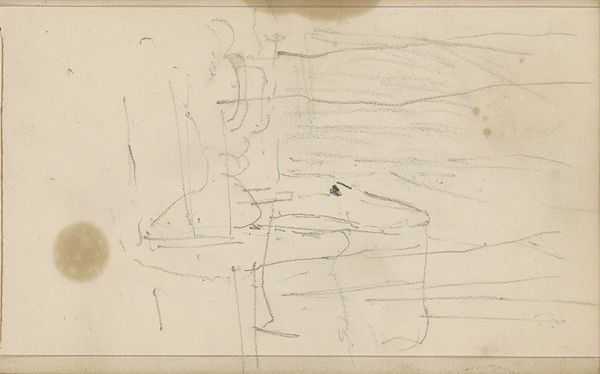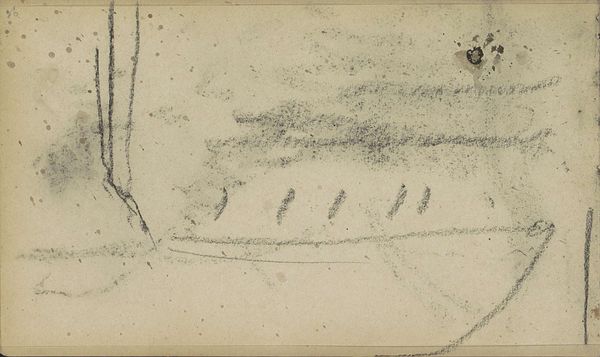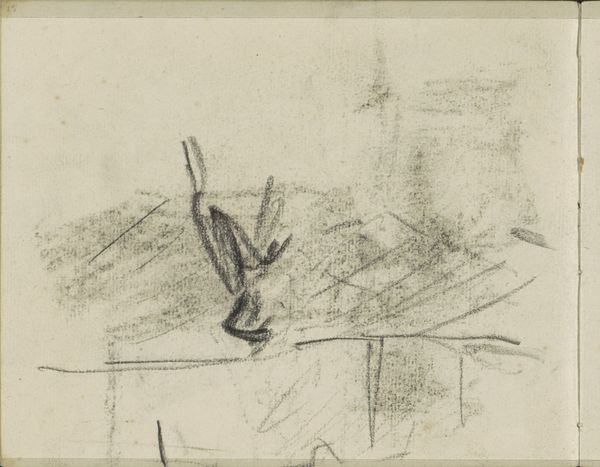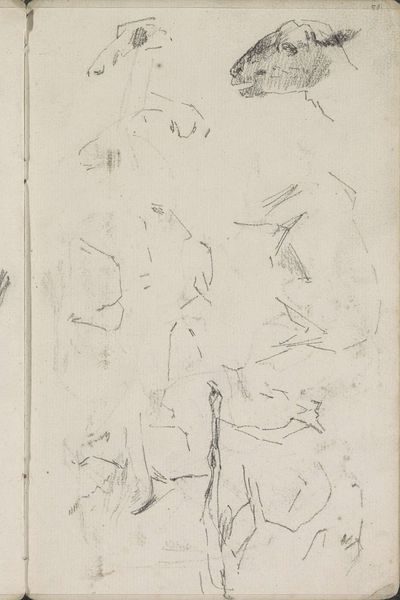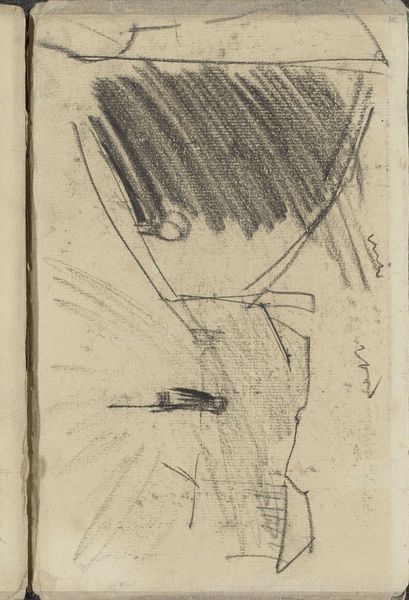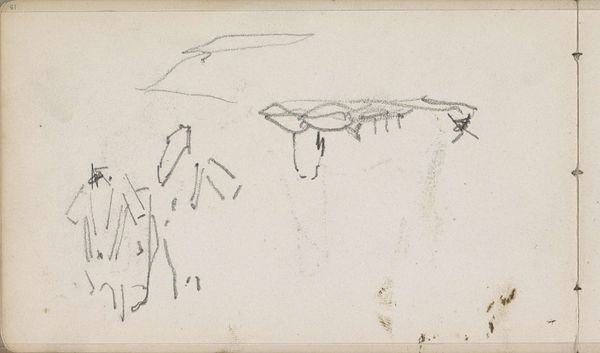
drawing, paper, pencil
#
drawing
#
pencil sketch
#
landscape
#
paper
#
pencil
#
cityscape
#
street
Copyright: Rijks Museum: Open Domain
Curator: Here we have a pencil drawing by Willem Witsen, entitled "Gezicht op de Krom Boomssloot in Amsterdam." It predates 1909 and provides an interesting snapshot of a particular cityscape. Editor: It feels quite raw, almost like a hurried observation captured in the moment. There’s a somber quality too, perhaps in the limited tonal range of the pencil work, creating an atmosphere of quiet melancholy. Curator: Indeed. Witsen, born into a wealthy family, was deeply embedded within Amsterdam’s artistic and social circles. This work, a landscape, exemplifies a dedication to representing the familiar spaces of his home city and is very representative of his wider social positioning within Dutch society at the time. Editor: I'm struck by how incomplete it feels. You can sense a deliberate withholding, which echoes how so many histories often only show the visible and erase marginalised perspectives. It invites me to imagine the unseen narratives, the everyday lives that intersect with this privileged gaze, specifically considering issues related to social mobility and economic inequalities in urban areas. Curator: I can appreciate that. However, it is also indicative of the "Amsterdam Impressionism" prevalent during his time, a focus on atmosphere and subjective experience. The quick strokes might actually reflect a modernizing city. What we read as "incomplete" might be understood through rapid changes in Amsterdam society due to early 20th century industrialization, with increased immigration, urbanization, and shifts in class structure, reflected in quick or seemingly incomplete visual art. Editor: Interesting. Thinking about that change makes me wonder who had access to leisurely drawing at that time? Who was allowed to depict these spaces, and whose stories remain untold within the cityscape Witsen presents? I see a political act of remembering and resistance in even the attempt to fill the historical silences with questions about marginalized communities in rapidly changing cities. Curator: It's a fascinating perspective that reminds us that even seemingly simple artistic gestures carry complex implications within their socio-historical context. Considering whose stories were valued and whose were excluded encourages a much more nuanced viewing of the work itself. Editor: Exactly. I walk away pondering how art serves to both record and sometimes subtly erase societal experiences. Curator: And I’m left with new thoughts about how an image of the ordinary might reflect broader historical and social processes that shaped its production and its reception, then and now.
Comments
No comments
Be the first to comment and join the conversation on the ultimate creative platform.
